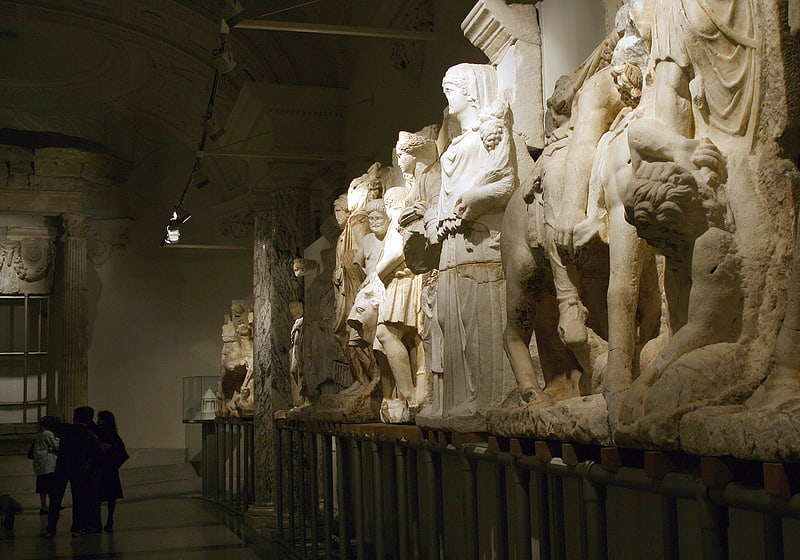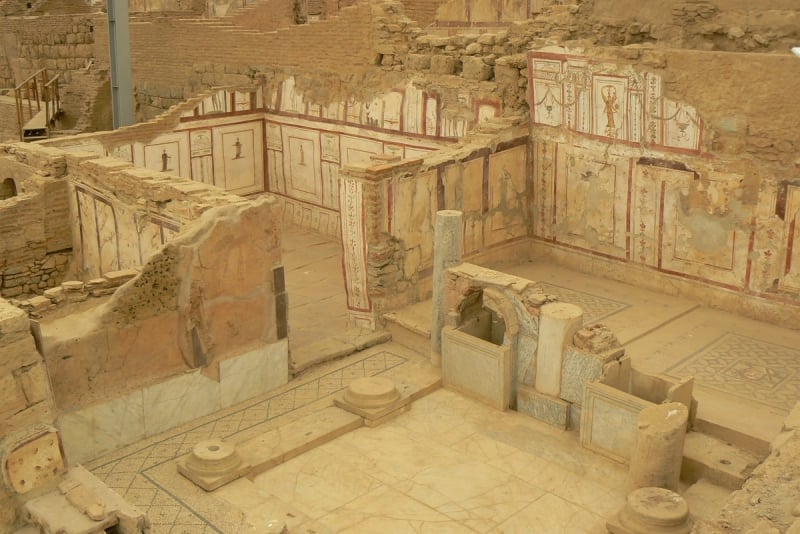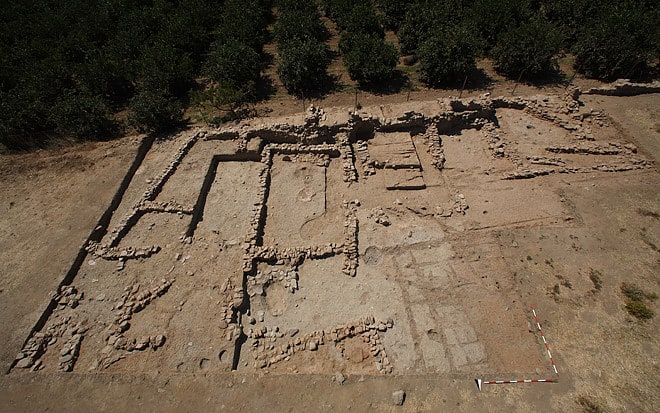Discover 5 hidden attractions, cool sights, and unusual things to do in Ephesus (Turkey). Don't miss out on these must-see attractions: Church of Mary, Parthian Monument, and Terrace House. Also, be sure to include Çukuriçi Höyük in your itinerary.
Below, you can find the list of the most amazing places you should visit in Ephesus (Izmir).
Table of Contents
Church of Mary

Also known as: Meryem Kilisesi
Cathedral in Turkey. The Church of Mary was an ancient Christian cathedral dedicated to the Theotokos, located in Ephesus. It is also known as the Church of the Councils because two councils of importance to the history of Early Christianity are assumed to have been held within. The church is located in the south stoa of the Olympieion next to the harbor of Ephesus.[1]
Parthian Monument

The Parthian Monument was a 2nd-century Roman monument in Ephesus, of which only remnants survive, now housed in the Ephesos Museum, part of the Kunsthistorisches Museum in Vienna. It is named after reliefs discovered in 1903 in front of the Library of Celsus - these reliefs had later been reused as part of a fountain, with the Library's facade used to support the fountain.
The monument is usually thought to be a monument to a campaign against Parthia on the basis of the reliefs' dating, perhaps that of Lucius Verus in 161-166, which would date the monument to after 169. However, some scholars do not believe their subjects can be securely identified as Parthians.[2]
Terrace House

Ruins
Çukuriçi Höyük

Also known as: Çukuriçi Höyüğü
Çukuriçi Höyük is a prehistoric Tell settlement on the Aegean coast of western Turkey. It is located about 1 km southeast of the ancient city of Ephesos, near the present city of Selçuk in the province of İzmir. Between 2007 and 2016 the settlement was systematically investigated. The Tell was first settled in the 7th millennium BC, in the period of approx. 6700–6000 calBC. After a hiatus, the hill was reoccupied in the 2nd half of the 4th millennium BC. The end of settlement activity dates to the early Bronze Age at approx. 2800/2750 calBC.[3]
Temple of Hadrian

Ruins